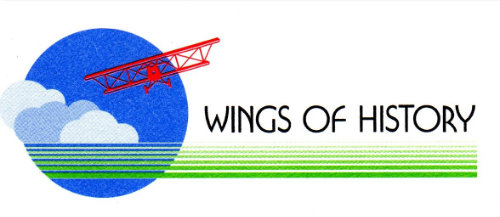by Mark Lindberg, Mtn View, CA – July 2021
A dozen years after the Wright Brothers first flight, Europe found itself mired in the First World War that began in August 1914. The advancement in weapons technology dwarfed the existing military strategy, operations, and tactics resulting in carnage on an industrial scale. The large artillery, machine guns, and barbed wire created very strong defensive positions that made ground attacks by both sides often suicidal.
A solution to breaking the deadlock was aerial observation… Balloons had been used for this in the mid-19th century American Civil War, but with the improved photography of the early 20th century the accuracy of location enemy positions was significantly improved. Balloons were also launched in the early hours of the still air with an observer who often had to bail out with the early parachutes when attacked. The mobile platform of an airplane could fly over enemy positions and designate targets for more effective for future attacks.
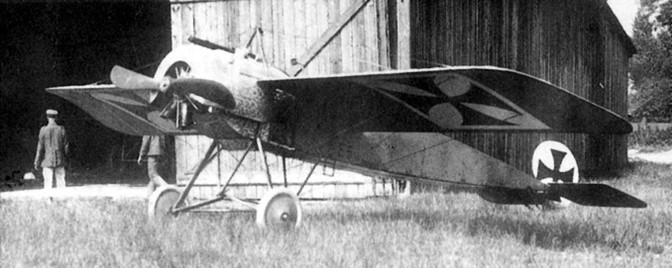
However, each adversary could minimize this foreign intelligence by thwarting incursion to its airspace with artillery and by their own aircraft. Initially these aerial duals were fought with pistols and rifles, but soon each side designed aircraft with more lethal weapons. The first of these “Pursuit” (later “Fighter”) aircraft was the German Fokker Eindecker (E.I-III) monoplane in late 1915. Designed by Dutchman Anthony Fokker, this aircraft initially used a Oberusel 80 HP rotary radial engine and quickly dominated the skies with a synchronized machine gun firing through the spinning propeller. Oswald Boelcke scored 19 of 40 victories in Eiendeckers.
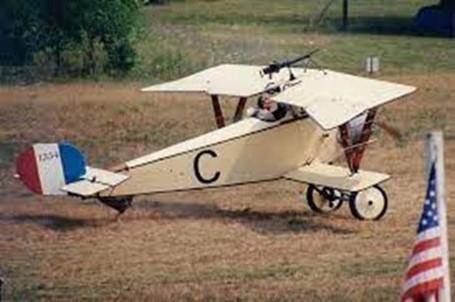
In 1916, the answer for France was the Neuport 11 biplane with the machine gun located above the upper wing and the propeller arc and a favorite with Frenchman Georges Guynemer with over 50 victories. The British developed the de Haviland DH-2 pusher with the engine behind the pilot and the machine gun firing forward from an unobstructed cockpit. Both used versions of the 100 horsepower (HP) Le Rhone rotary engine and by the Battle of the Somme beginning in July 1916, finally ended what was called the “Fokker Scourge”. The “flight envelope” of these early WWI aircraft was about 100 mph and above 10,000 feet using a variety of engines including the rotary radial which had the crankshaft fixed and the propeller rotating with the cylinders.
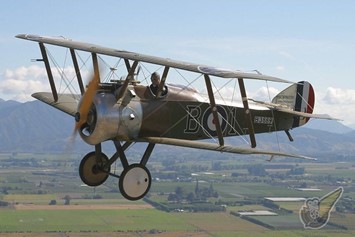
Soon both the British and French developed their own “interrupter gear” to synchronize often two machine guns firing through the propeller arc. The results were the French Neuport 17 also using the Le Rhone rotary radial, SPAD 7 using the Hispano Suiza water cooled V-8, and British Sopwith Camel. The Germans soon developed a two seat Albatross using a 200 HP water cooled inline Mercedes engine which had a rear cockpit machine gunner. The Sopwith Camel achieved the highest victories of any WWI aircraft at almost 1300, but the rotary radial engine required more expertise to overcome the gyroscopic precession. Almost as many British pilots (388) were killed in non-combat operations as enemy pilots among those of almost 1300 victories.
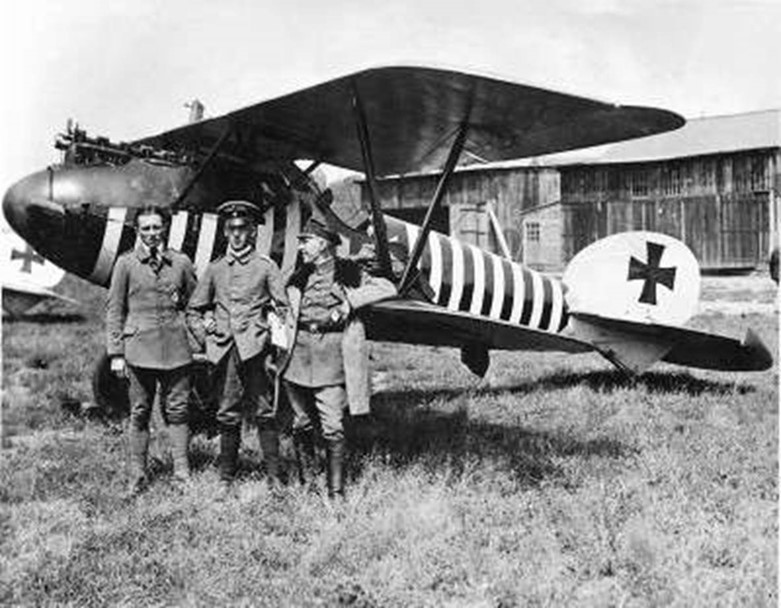
The Iconic Fokker Dr1 Triplane flown by the famous “Red Baron” had excellent climbing abilities, but the extra drag combined with just a 110 HP Oberursel rotary radial engine reduced airspeed. Eventually the Fokker D-7 biplane using a 185 HP six-cylinder water cooled Mercedes engine became the best German fighter of WWI.
Although the D-7’s excellence required confiscation in the Treaty of Versailles, the SPAD XIII with 235 HP Hispano Suiza water cooled V-8
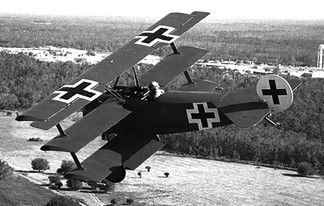
engine eclipsed the D-7. American Ace Eddie Rickenbacker achieved 20 of his 26 victories in a SPAD XIII. The British SE-5 was a very good aircraft that was easy to fly and was built in large numbers and provided an excellent gun platform for many of Albert Ball’s 44 victories. By the end of WWI on November 11, 1918, the Flight Envelope had expanded to almost 150 mph and over 20,000 ft…! Combatants had also developed larger twin engine bombers as aviation technology soared into the 1920’s…
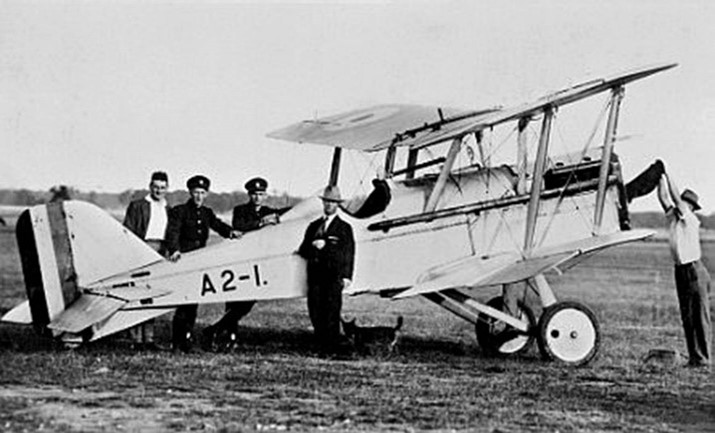
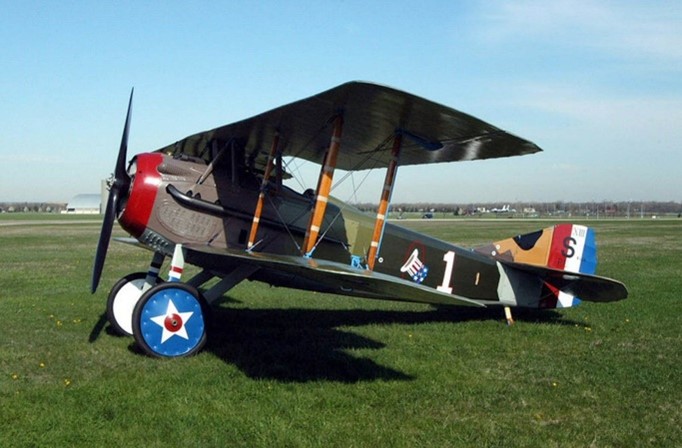
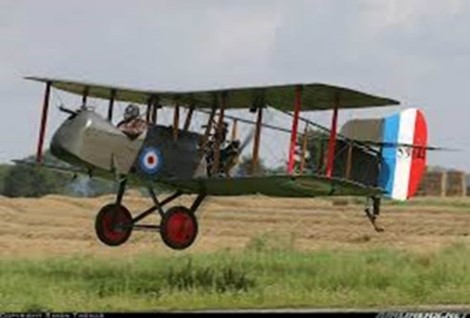
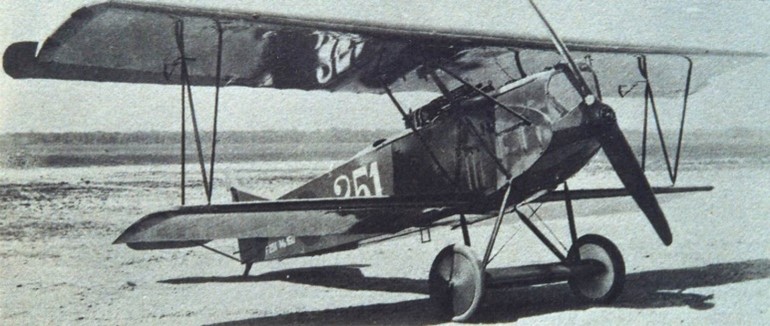
Download PDF Version of this article.
